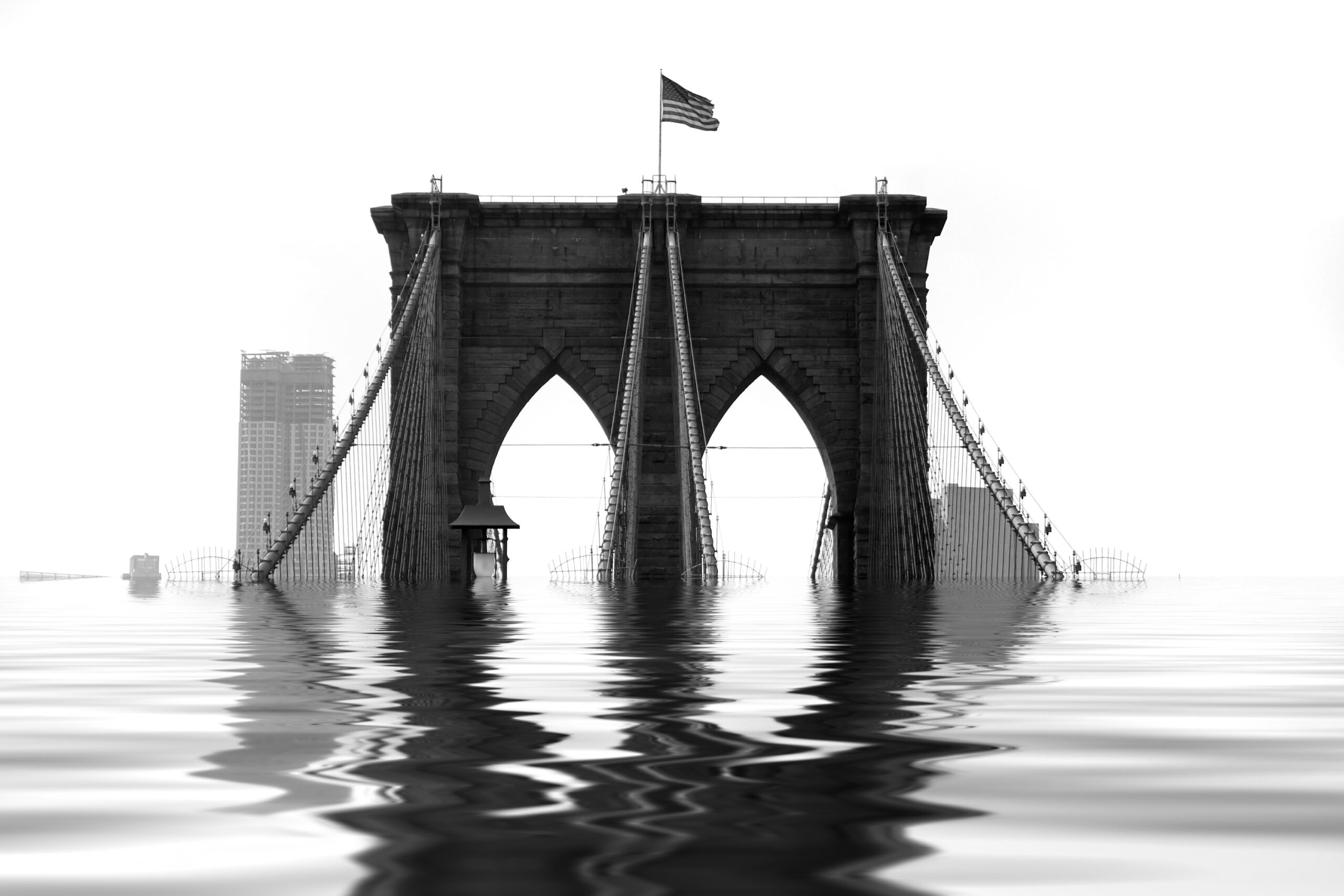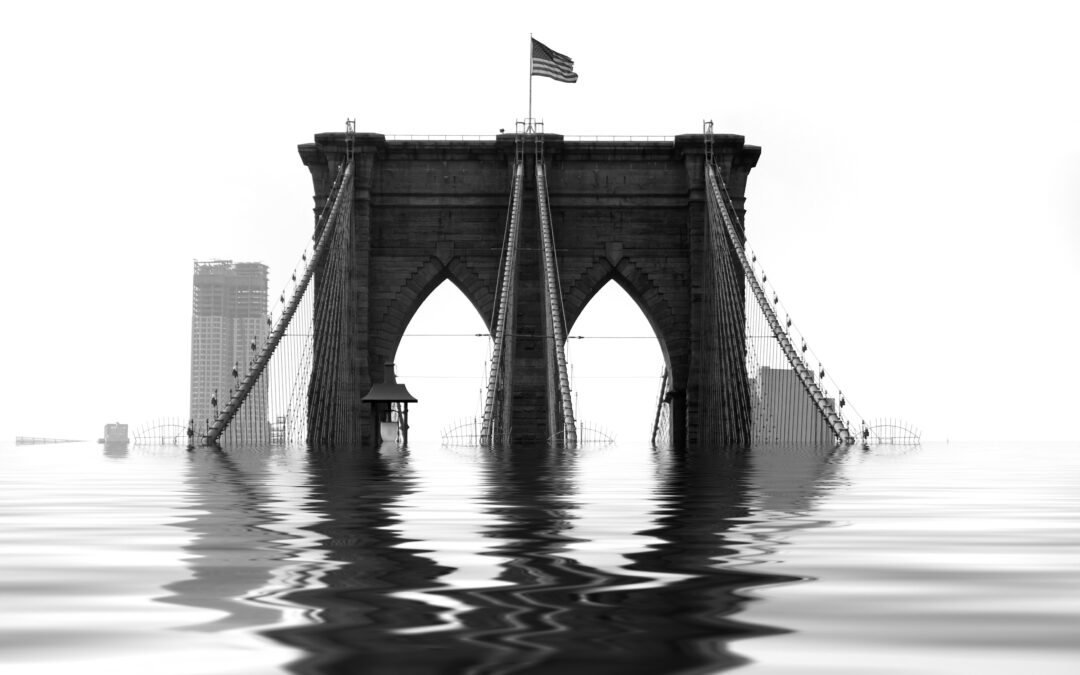As the world becomes more unpredictable, it’s essential to be prepared for any emergency. Natural disasters can strike at any time and without warning, leaving you with little or no time to get ready. In this article, we will discuss how to prepare for a natural disaster step-by-step so that you are always one step ahead of danger.
1. Introduction to Emergency Preparedness:
The first step in preparing for an emergency is understanding what types of disasters could occur in your area. This knowledge will help you create a plan tailored to your specific needs. You should also research the local shelters, evacuation routes, and emergency contacts. It’s crucial to have a communication plan in place, so your loved ones know where you are and how they can reach you during an emergency.
2. Creating an Emergency Plan and Kit:
Once you understand the potential risks, it’s time to create an emergency plan. Start by identifying safe places within your home, such as interior rooms on the lowest level away from windows and doors. You should also designate a meeting spot outside your home for family members to gather after an emergency. Create a contact list with phone numbers and email addresses of friends and relatives who live out of town. Make sure everyone has a copy of the emergency plan and keeps it handy.
Next, put together an emergency kit that includes supplies for three days. The kit should include non-perishable food, water, flashlights, extra batteries, first aid supplies, medications, hygiene items, and copies of important documents like passports, birth certificates, and insurance policies. Remember to check the expiration dates regularly and replace anything that has passed its use-by date.
3. Preparing Your Home for Natural Disasters:
To protect your home from damage during a natural disaster, take some preventive measures. Trim trees and shrubs around your house, secure loose roof tiles, and install storm shutters if necessary. Move valuable possessions to higher ground or elevate them off the floor. If you live near the coast, consider investing in flood insurance.

4. Staying Safe During a Natural Disaster:
During a natural disaster, stay calm and follow your emergency plan. Listen to local news reports for updates on the situation and evacuate immediately if ordered to do so. Avoid using electrical appliances and devices until power is restored safely. Be cautious when returning to your home after the disaster; there may still be hazards present.
5. Recovering After a Natural Disaster:
After the disaster has passed, focus on recovering and rebuilding. Contact your insurance company to file a claim, and document all damages with photos and videos. Reach out to friends and neighbors for support, and don’t hesitate to seek professional counseling if needed. Take steps to improve your resilience against future disasters, including strengthening your home and updating your emergency plans.
In conclusion, being prepared for a natural disaster is critical for keeping yourself and your loved ones safe. By following these steps, you can minimize the impact of any emergency situation and quickly return to normal life.




